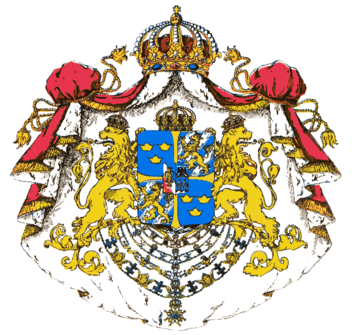

|
At the end of Great Northern War between 1700 and 1721 the Swedish empire, built from the 30 years war and onwards was shattered. Most of its Baltic provinces lost and its army in pieces. Despite that had Sweden a will and energy to restore its might again. During next period of Sweden's history the swedish people grew and turned its eyes on other continents, the first colonisation journey was set to Madagsakar in 1745 under the leadership of the great scientist Carl von Linné. |
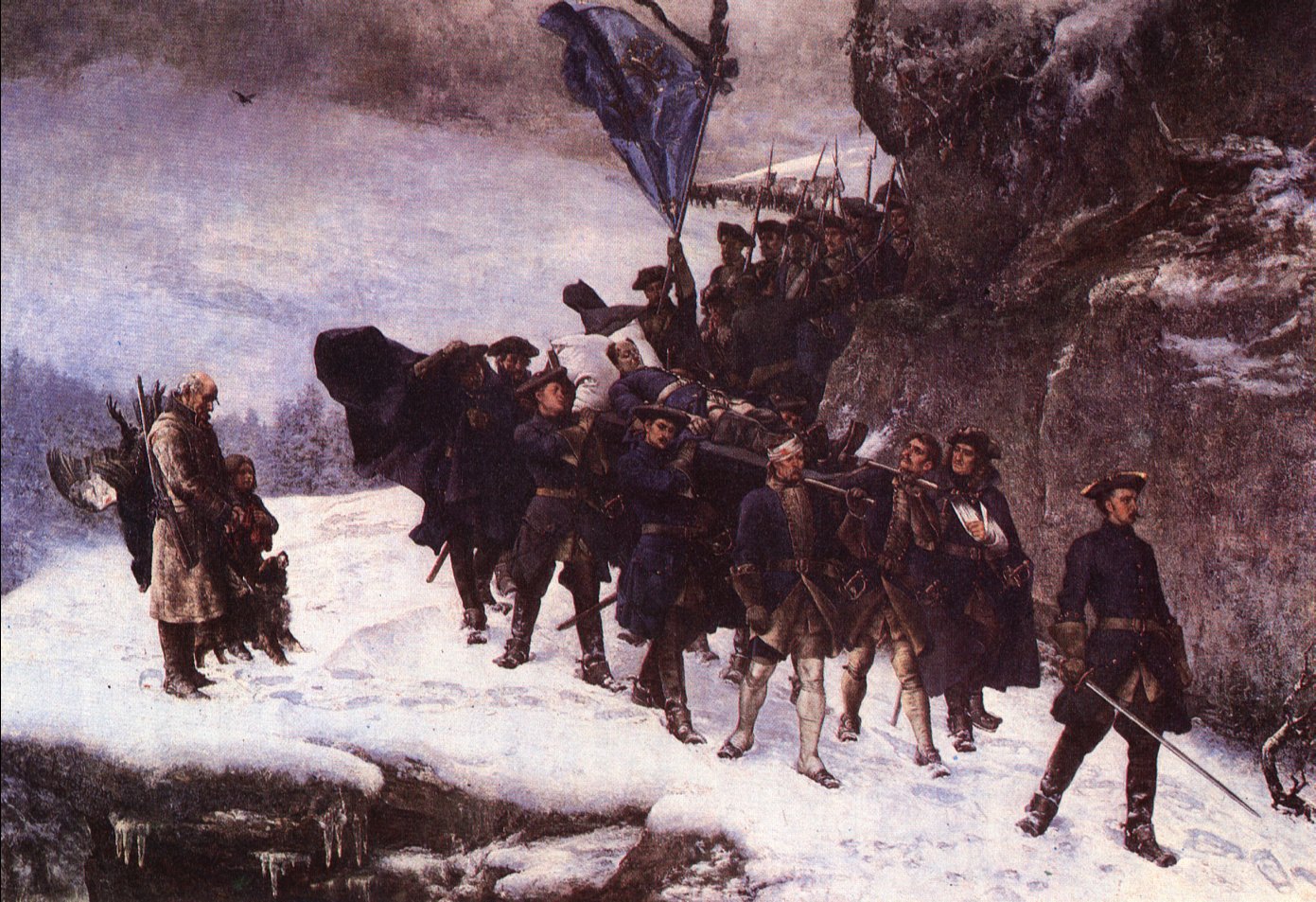 |
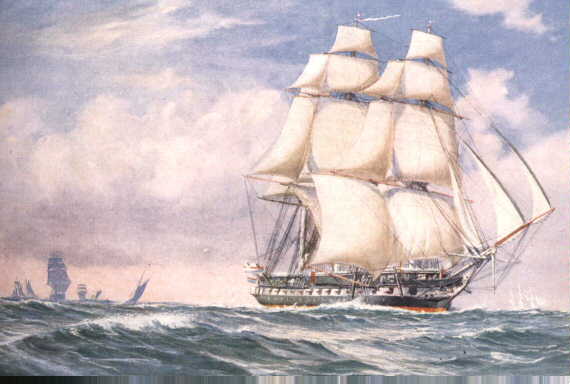 |
In 1766 was a larger expedition sent to Madagascar. The expedition's main purpose was science but the little settlement grew in importance due the port and fort set up by the Swedish East India company ro prevent piracy in the region. In 1806 the Fort was withdrawn to the Crown. The next step in Swedish colonisation was less romantic. The island of St. Bartholomew was bought from the French in 1787. On the little island, which first was a disappointment for the crown, a little town was founded which soon became a very important Swedish stronghold in the western Atlantic, especially to protect the Swedish trade routes. |
|
Despite the Swedish successes abroad, problems grew on the home front. In 1788 war broke out with Russia. Disaster was near but after a decisive naval victory at Svensksund in the Finnish archipelago peace was settled without loss of land. The troubles at home continued a halted Swedish expansion. After the murder of king Gustavus III in 1792 and a many weak governments and a weak king settled for further disaster. In 1808 Russia attacked again. The Swedish army who was involved in war on against Napoleon on the continent could do nothing but watch the Russian army occupy the ancient Swedish territory of Finland. Peace was settled in Fredrikstad in 1809. |
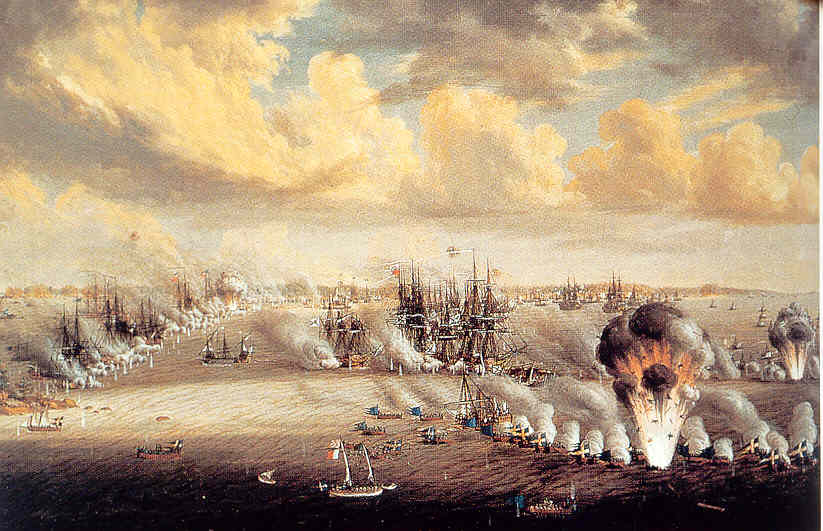 |
 |
Further chaos followed the peace and a small revolution broke out among high ranking officers and the king was arrested. The kings brother sized power and calmed the kingdom down. The new king had no children and a crown prince was in urgent need due to the kings high age. After the death of the first candidate, a Danish prince, a young officer suggested a French marshal, Jean-Baptiste Bernadotte. The council could agree on him and he was able to leave his duties in France. The new crown prince arrived in 1810. His first mission was to finish the war in Europe. After successful participations in battles such as Leipzig and a short war against Denmark could Sweden come to the negotiations in Vienna on top. In the peace received Sweden Norway and was able to keep her settlements in northern Germany. The Norwegians didn’t like their new masters and revolted in 1814. The uprising was struck down without mercy and in 1816 had finally peace come to back. |
|
During the First half of the 19th century the industrial revolutions flew over Europe. In Sweden industrialization started in the mines and the forestry later to spread to all the different branches in the country. The Swedish colonies, which had almost been forgotten during the chaos in Europe during the turn of the century, became now more important for Swedish economy than ever. The Swedish east India company flourished and the colonies grew, especially with Swedish immigrants who left the homeland due a couple of years of bad crops and famine. |
 |
 |
In the middle of the century Sweden was among Europe’s most powerful and industrialized nations only superseded by Britain and France. Sweden once again started to look eastward to recapture its lost eastern half. The opportunity came in 1854 when France and Britain entered the Crimean war and sent a squadron in to the Baltic to bombard the Russian fortresses along the coast. Sweden joined the allies and sent an army out her northern fortress of Boden in to Finland and an army together with her allies behind the back of the advancing Russian army who turned north to stop the Swedish attacked. The landings in the gulf of Finland prevented Russian reinforcements and the Tsar’s northern army was slowly downsized by guerrilla attacks from the still Swedish orientated Finns. During the peace negotiations in Paris the following year Finland was handed back to Sweden. |
|
Sweden’s security needed allies and she was drawn into negotiations with both the alliances, the entente and the central powers. Sweden finally settled for armed neutrality with a lean towards the entente. The daring decision was made due to prevent a war in northern Europe between Russia, Germany and Sweden, where Sweden tried to balance the powers. To prevent war. Sweden tried to work out the neutrality in the Baltic but after several incidents with German subs and the siege of Stralsund forced Sweden into the arms of the entente by 1916. |
 |